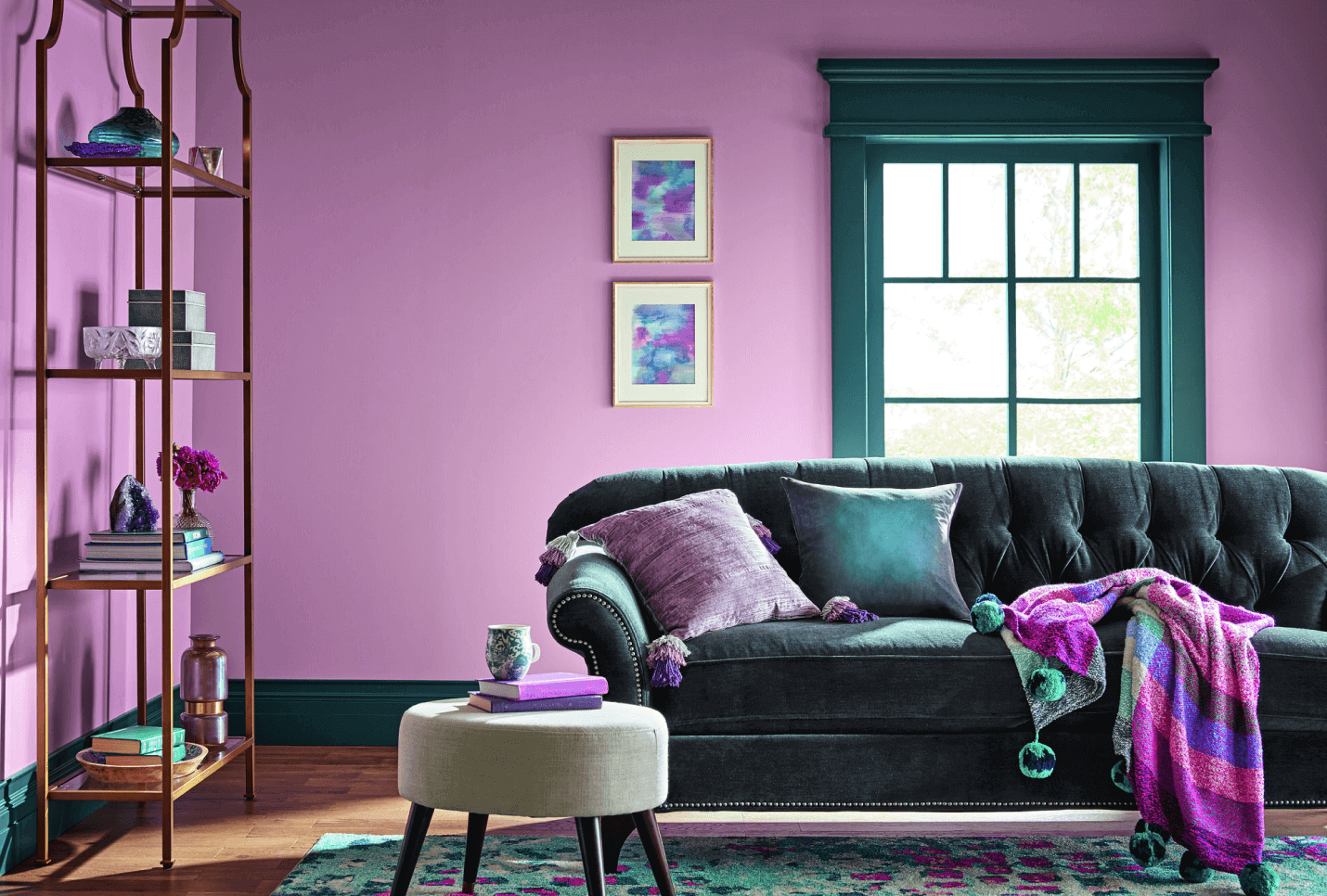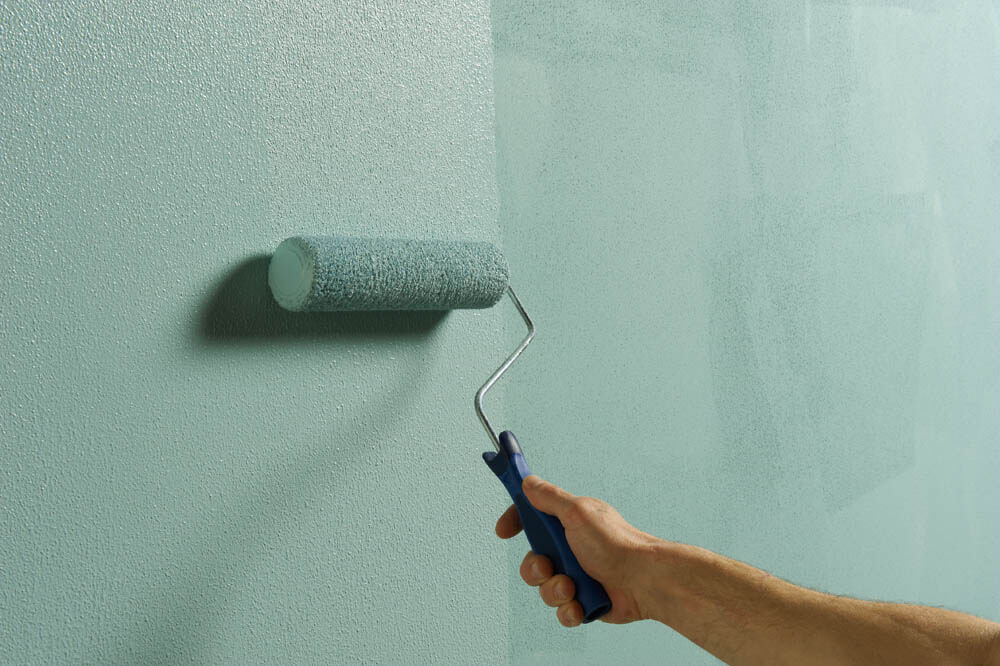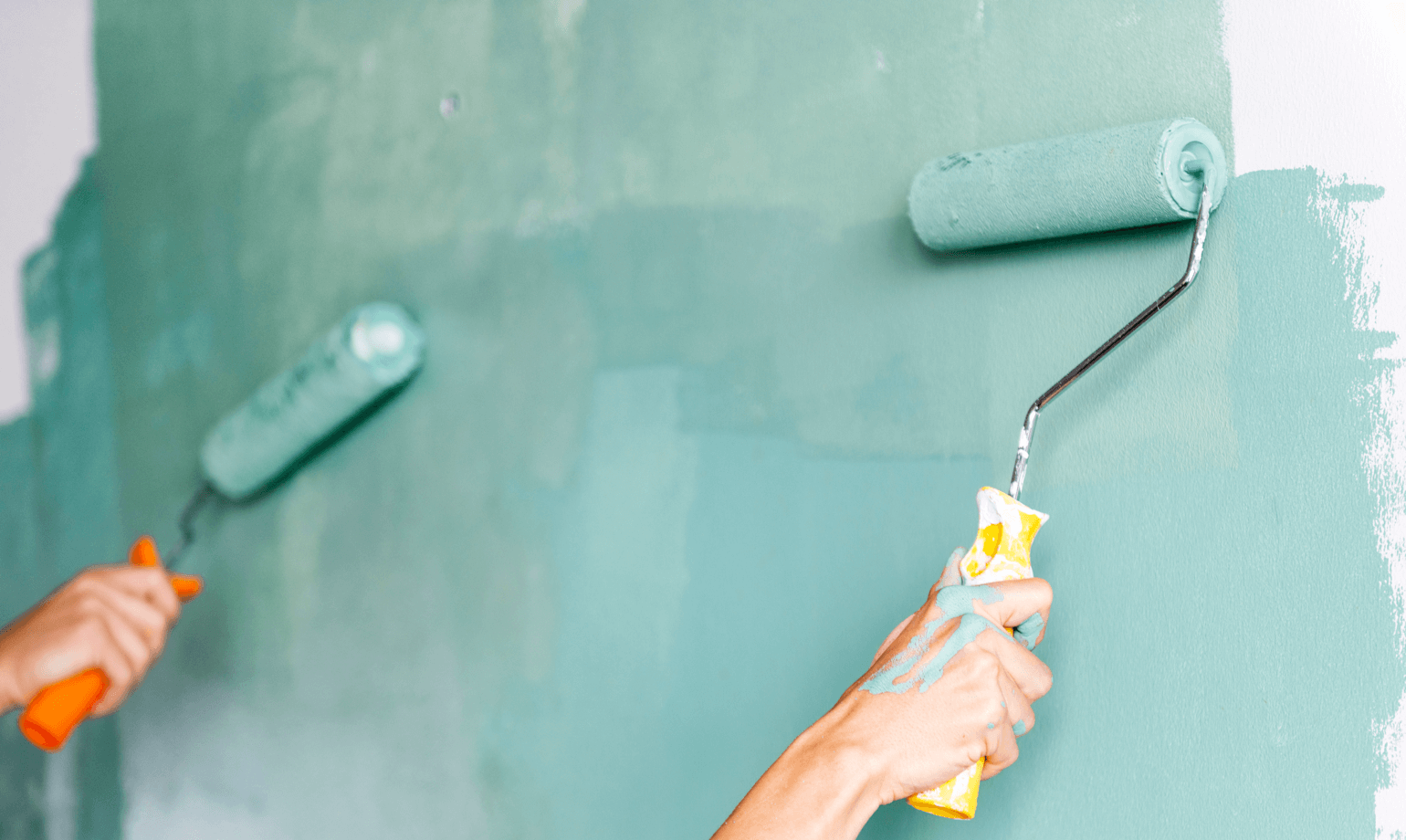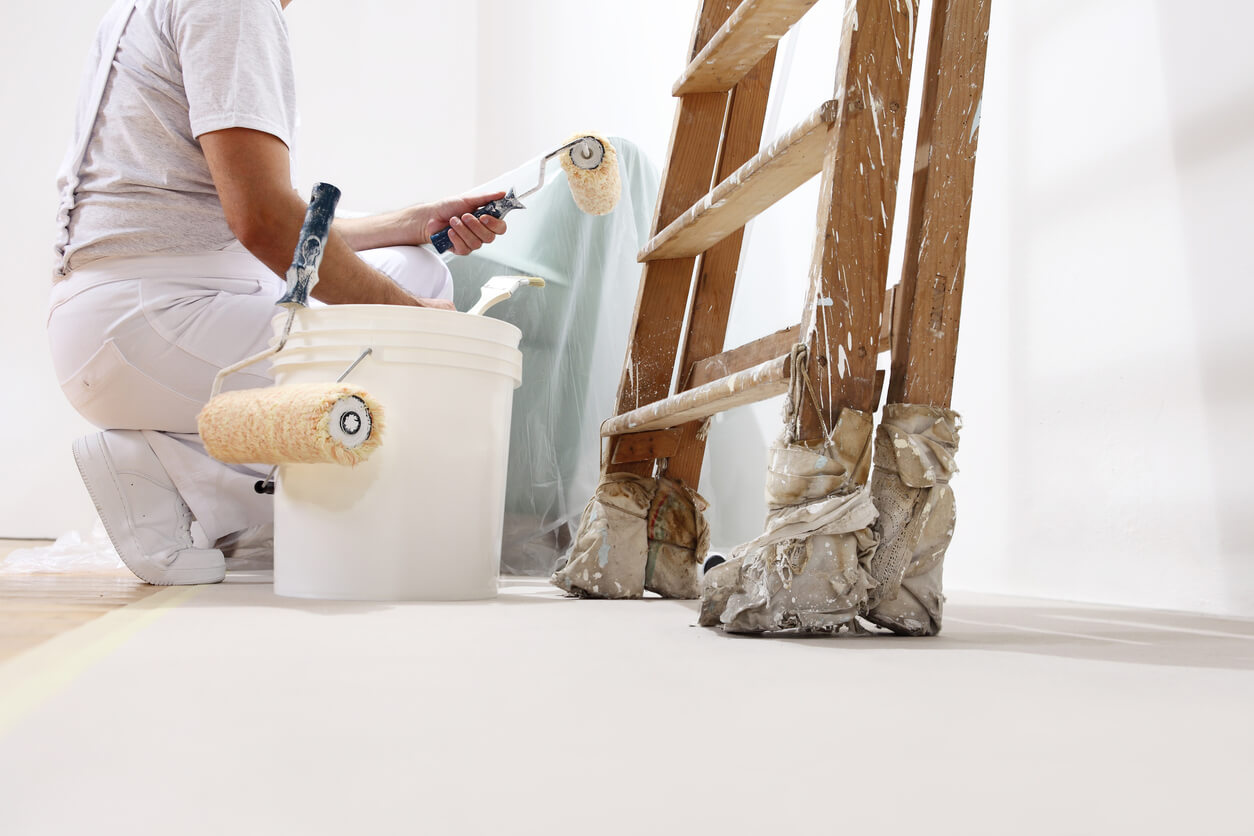
How to paint skirting boards
Because of where they are in the room, skirting boards attract a lot of dust and can get marked just from every day wear and tear.
So you might find yourself having to touch up your skirting boards a little more regularly than the rest of your home.
What you'll need
- Sugar soap solution
- Sponge
- Sandpaper
- Primer
- Skirting board paint
- 2” paint brush
- Dust sheet
- Masking tape
Before you start
First things first, pick your paint colour. As with any interior design project, there are some rules when it comes to skirting boards… but rules can always be broken. Generally, the colour of your skirting boards should match the tone of your wall. Darker skirting boards can look more modern (plus, if it’s a dark colour it’ll easily hide the marks and dust), and lighter skirting boards will make the room feel bigger.
Gloss finishes are harder wearing than other finishes, so are well suited to skirting boards. If you don’t want the full gloss effect, satin finishes are subtler but can still cope with knocks and scratches.
You should paint your walls first and your skirting boards last. One of the golden rules of decorating is to start at the top and work your way down. By painting a feature wall beforehand, you’ll avoid any drip marks ruining your newly painted skirting boards. The order should be: ceiling first, walls second, skirting board and wood trim last.
How to prepare skirting boards for painting
Our paint is water-based so if you get it on your floor or carpet it will easily wipe up. But just to be sure, here are some tips on how to paint skirting boards without getting paint on the carpet or other areas.
- If you’re painting your skirting boards and you have carpet, tape down a dust sheet as close to the skirting board as possible. Alternatively, you could fold up a piece of cardboard and tuck it underneath the skirting board and tape it down.
- Use a sugar soap solution and a sponge to wipe down and clean your skirting boards. You need to remove all dirt, dust and grease as you don’t want this immortalised in paint.
- We don’t recommend painting your skirting boards without sanding them first. Sanding gives the paint a better surface to stick to and means applying fewer coats. Lightly sand the surface of the skirting board and wipe down the dust. Leave it to completely dry.
How to paint skirting boards
- Once your skirting boards are dry, you need to prime the surface for a professional finish. Dip a 2” brush into the primer covering half of the bristles and wipe away any excess on the rim of the paint tub. An overloaded brush will increase the chances of drips and streaks so make sure it’s not too heavy with primer.
- Start at the top of your skirting board. Position the brush at a 45 degree angle and paint from right to left starting in one corner of the room and working your way to the other.
- Repeat the process on the bottom section of the skirting board, being careful not to drip any on the floor.
- Fill in the middle.
- Leave the primer to dry – ours takes between two and four hours to completely dry.
- As soon as the primer is dry, apply the first coat of paint. Apply it in exactly the same way as the primer. For the best results, you’ll likely need two coats but always check what it says on the tin.
- When you’ve finished painting, remove the decorator’s tape while the paint is still wet but leave your dust sheet in place until the paint is completely dry.







